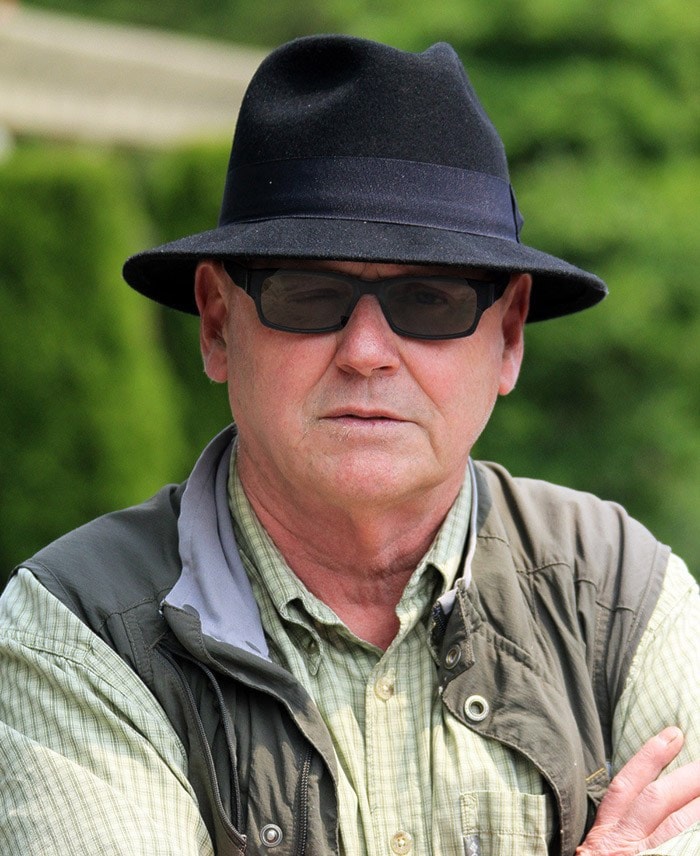“Killing an animal that can’t defend itself is cold-blooded murder” – Ioana Dungler.
Murder is “premeditated killing of a person.”
Killing an animal without just cause fits the definition.
This thinking gained ground when Cecil, a rare, black-maned Zimbabwe lion in his prime, was slaughtered July 1 by an American dentist who says he was just indulging a sport he loved, while staying within the rule of law.
He wanted a souvenir.
But, world-wide outcry since has renewed demand to end Dr. Walter Palmer’s sport – trophy hunting – and the Zimbabwe government has since suspended “the hunting of lions, leopards and elephant outside of Hwange National Park.
Why?
Trophy hunting brings millions into Africa, but only three per cent reaches the people; the rest goes to outfitters.
In contrast, tourists armed with cameras, add billions to local economies.
Similarly, in B.C., grizzly bear viewing brings twice as much revenue ($30 million in 2012) into local hands as trophy hunting.
Here’s how Dr. Walter Palmer “practiced” the cruel “sport” he loves. After luring Cecil from the game preserve, Palmer wounded him with a crossbow. He then followed Cecil’s blood trail for 40 hours, finishing him off with a rifle. Palmer’s crew skinned Cecil and severed his head, and tried to destroy a collar which tracked the animal for research intended to advance the lion population. It’s plummeted 50 per cent in the last decade because of habitat loss, poaching, and trophy hunting.
“This is murder,” insists Ioana Dungler, of Lionsrock, a big cat rescue sanctuary in South Africa.
It would still be murder, she says, if the cat lived outside a protected reserve.
Trophy hunting is sanctioned in 11 other African countries.
In B.C., the Ministry of Environment calculates the annual “harvest” for elk, mountain goat, cougar, black bear, and wolves as if they were grain crops like wheat or barley.
In 2014, the “harvest” for grizzles, was 350, a number it deemed “well within the maximum mortality rate.”
Words like “harvest” and “within maximum mortality rate” are appropriate for financial ledgers, but not for lions, bears, wolves. Nor is it appropriate to destroy wild animals on the basis of specious argumentation, including the one the ministry floated about two baby bears in Pt. Hardy. They were not a threat to people, as management claimed.
Conservation officer Bryce Casavant said they could be rehabilitated.
When it comes to thinking about animals, it’s time for a paradigm shift. Animals have a right to life. They are not bales of hay, or ears of corn. They are something to revere.
“Tiger, tiger, burning bright in the forest of the night,” wrote poet, William Blake, “what immortal hand or eye, could frame thy fearful symmetry.”
Anyone hearing the cubs crying for a dead mother would not be able to deny killing babies is blasphemy. Anyone who watched the siblings hold tightly to each other in a cage would think of them not as objects to be harvested or culled, but Jordan and Athena, orphans needing care and comfort until they are reintroduced into a habitat cordoned off from trophy hunters, or poachers hoping to sell body parts.
Nearly 300,000 people have now signed a petition demanding the ministry re-instate Casavant, who was enlightened in refusing a managerial order to destroy two helpless and harmless cubs. But, the ministry, an organization that needs overhaul and ethical focus, has so far failed to do the right thing.
Meanwhile, the Raincoast Conservation Foundation is buying up hunting territory in the Great Bear Rainforest to protect these magnificent animals, our own Cecils, from murder.
In Africa, Ioana Dungler calls for an end to trophy hunting everywhere.
– Jack Emberly is a retired teacher, local author and environmentalist.
